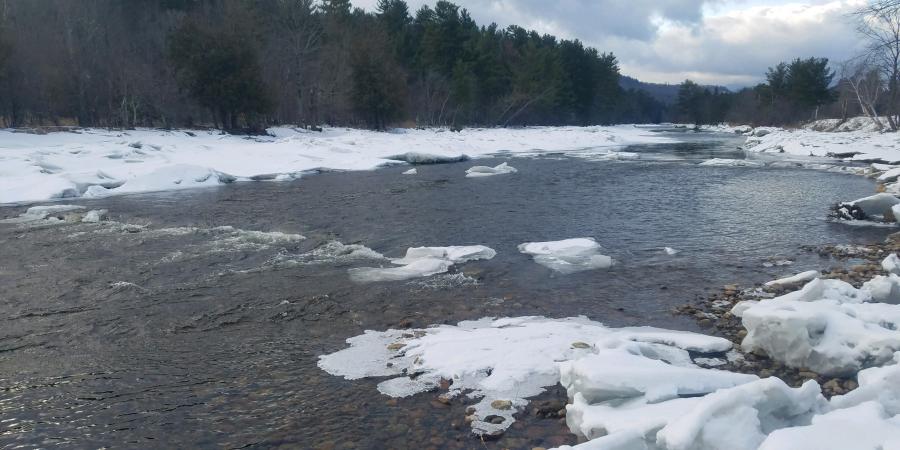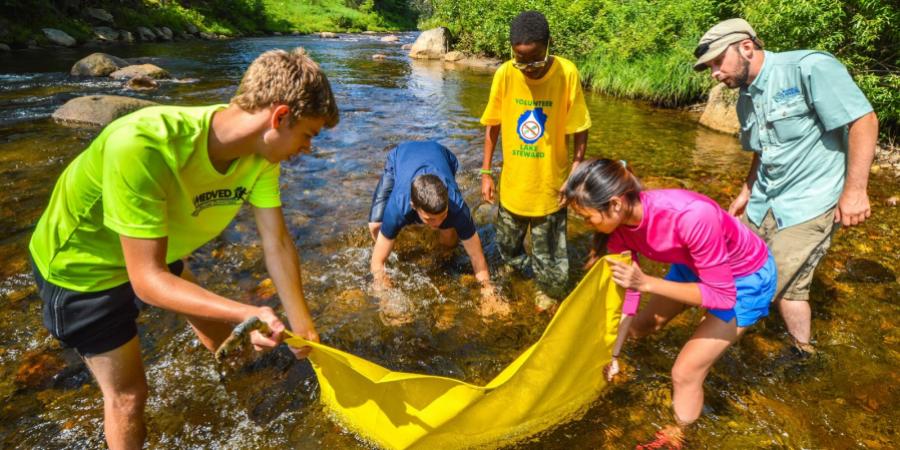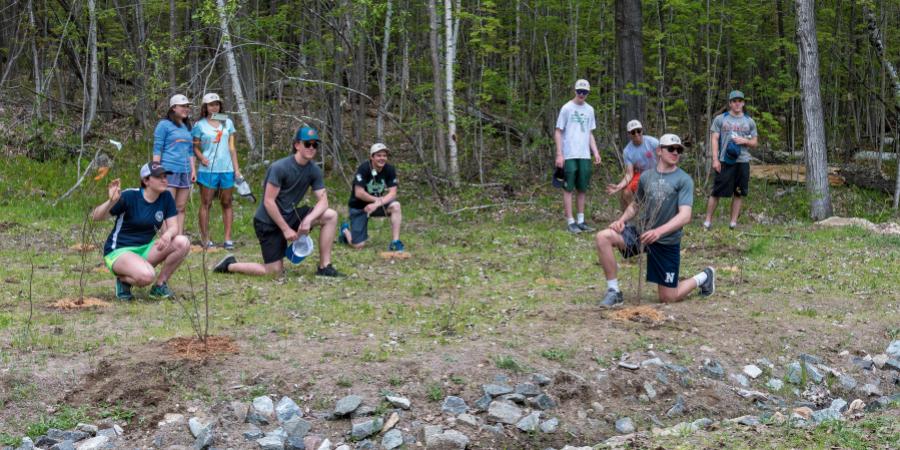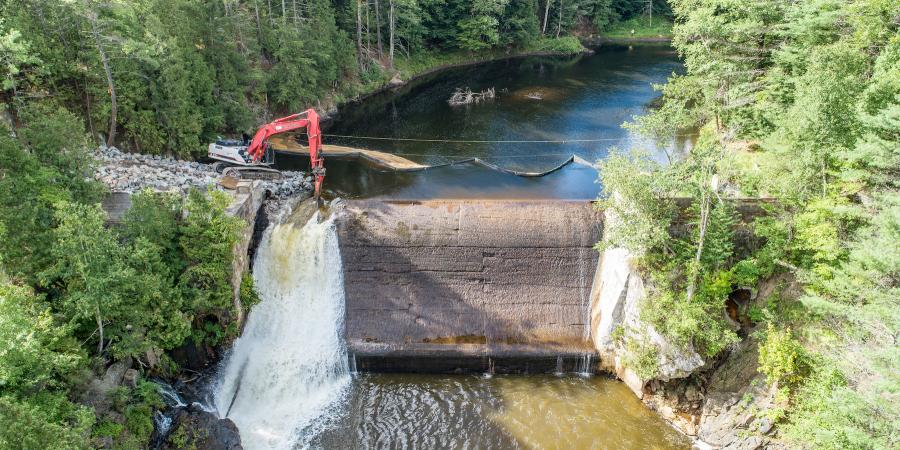Keep up with the work of Ausable Freshwater Center (AFC) staff. These stories share information about our stewardship and monitoring work, natural stream restoration, and culvert replacement techniques by highlighting specific projects in the Ausable and Boquet River watersheds of northern New York. They also give you fun facts about the plants and wildlife that live in these watersheds, as well as tips for enjoying responsible, low-impact recreational opportunities.
Mar
18
2020
Take a Deep Breath, Now, Thank the Diatoms
Mar
05
2020
Why Do Rivers Flood?
Feb
26
2020
Remembering Randy
Feb
24
2020
Road Salt Science Is Clear, Time To Take Action
Feb
20
2020
Best Snowshoe Hikes Near Lake Placid
Feb
06
2020
How Do Fish Survive Winter in Rivers and Streams?
Jan
09
2020
Adirondack Lake Ice Safety
Dec
05
2019
How is AsRA engaging youth?
Sep
26
2019
Seedlings for Healthy Streams
Sep
12
2019
2018 Annual Report Summary















